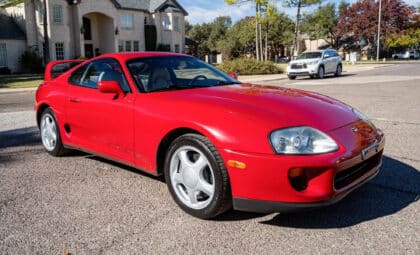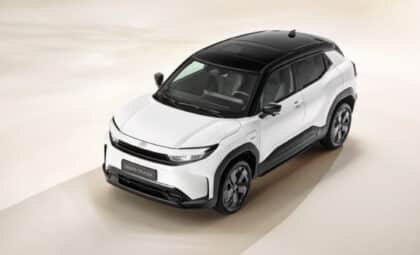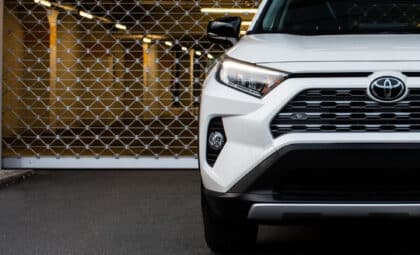According to recent reports, this engine’s modular design and hybrid capabilities could see it powering a much wider range of vehicles, from luxury sedans to full-size SUVs, potentially even a diesel-hybrid version for the Land Cruiser.
Toyota’s engineering team, led by powertrain chief Takashi Uehara, has crafted this V8 with versatility in mind. By building on the company’s existing engine designs, Toyota has created a powertrain that can scale across different platforms, meeting both performance and emissions demands. While this engine is set to debut in models like the Lexus Sport Coupe and Toyota GR GT, it might soon be under the hood of much larger, everyday vehicles as well.
Toyota’s modular approach is aimed at maximizing production efficiency while maintaining high performance. With emissions regulations becoming stricter, Toyota has found a way to balance power and sustainability in a way that could have a lasting impact across its vehicle lineup. The new V8 is designed to keep up with the times, even if it means adapting to a wide range of different vehicles, from sedans to SUVs.

A Modular Engine Designed for Versatility
The key to Toyota’s new V8 is its modular architecture, which is built to fit into a wide variety of vehicles. As reported by Motor1, Uehara explained that the engine block is structurally similar to the 2.0-liter engine found in the GR Yaris prototype. This shared design allows Toyota to adapt the V8 for everything from high-performance sports cars to large trucks and SUVs. By using common components across various engine configurations, Toyota can reduce manufacturing costs while increasing the engine’s potential applications.
The V8 uses a semi-closed deck aluminum block and cross-bolted main bearings, which provide increased durability and strength. Dual electrically actuated turbochargers are integrated for faster spool and minimal turbo lag, ensuring strong performance across the rev range. This engine is designed to be a robust powerplant that can stand up to the demands of high-performance vehicles, but its design also supports more practical, everyday applications.

Hybrid Power Without the Plug
One of the most notable aspects of Toyota’s new V8 is its hybrid configuration. However, unlike many hybrid engines today, this one doesn’t rely on a plug-in hybrid (PHEV) system. Instead, Toyota has opted for a more traditional hybrid setup that’s lighter and simpler, yet still effective in meeting performance and emissions standards. As Uehara mentioned, Toyota doesn’t see the need for PHEV technology in this engine, as its design already balances power and efficiency.
This choice helps Toyota keep the engine’s weight and complexity down while maintaining a high level of power. Reports suggest that the engine could produce up to 900 horsepower in its hybrid form, making it a potential powerhouse in both sports and luxury models. According to HotCars, this hybrid system features a compact e-motor positioned between the engine and transmission, powered by a lithium-ion battery optimized for quick torque bursts rather than long electric drives.

The V8’s Potential in Mainstream Models
While Toyota initially planned for this V8 to be used in low-volume supercars and high-end sedans, it is now set to appear in more mainstream models. The V8 has already been evaluated for use in large vehicles like the Land Cruiser LC300, Sequoia, and Tundra, as well as high-end Lexus models like the LX and GX.
This broader deployment could have significant implications for the brand. For example, the V8 could offer a new level of performance for larger vehicles that were previously limited to six-cylinder engines.
Moreover, the possibility of a diesel-hybrid version of the V8 opens the door for Toyota to bring this engine to workhorse models like the Land Cruiser and Sequoia, blending power with efficiency in off-road and utility vehicles. This could bring a new era of hybridized, high-performance SUVs and trucks, while maintaining Toyota’s commitment to sustainability.










They should built a option of a V6 natural aspirate engine for Land Cruisers for a lot of people who want a more reliable engine that speed